 Zallie C. Cadle Lynching Article
Zallie C. Cadle Lynching Article
Entry Category: Law - Starting with C
 Zallie C. Cadle Lynching Article
Zallie C. Cadle Lynching Article
Cadle, Zallie C. (Lynching of)
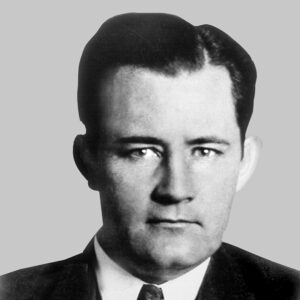 Raymond J. Caffrey
Raymond J. Caffrey
Caldwell, Charles (Execution of)
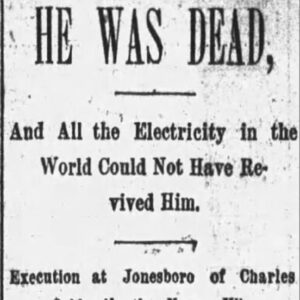 Charles Caldwell Execution Story
Charles Caldwell Execution Story
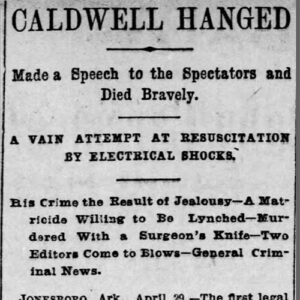 Charles Caldwell Execution Story
Charles Caldwell Execution Story
Caldwell, Will, and John Thomas (Lynching of)
aka: John Thomas and Will Caldwell (Lynching of)
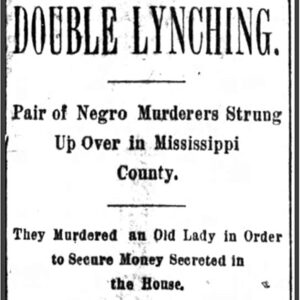 Caldwell and Thomas Lynching Article
Caldwell and Thomas Lynching Article
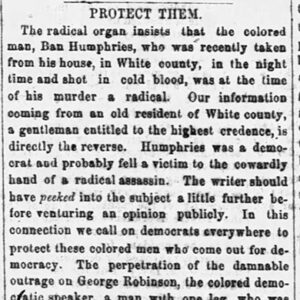 Call for Protection
Call for Protection
Campaign Finance Laws
Cane Hill Murders of 1839
Canfield Race War of 1896
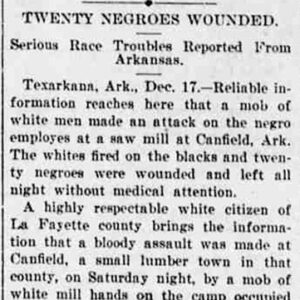 Canfield Race War Article
Canfield Race War Article
Cantrell, Deaderick Harrell (D. H.)
Capital Punishment
aka: Death Penalty
Capus, Henry (Lynching of)
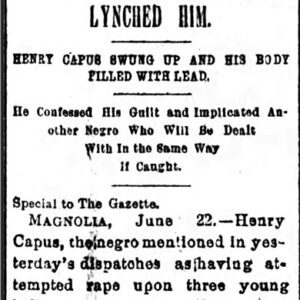 Henry Capus Lynching Article
Henry Capus Lynching Article
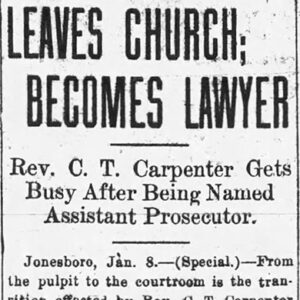 Cornelius Tyree Carpenter Article
Cornelius Tyree Carpenter Article
Carpenter, Cornelius Tyree
 Carroll County Lynching Article
Carroll County Lynching Article
Carroll County Lynching of 1878
Carroll, George (Execution of)
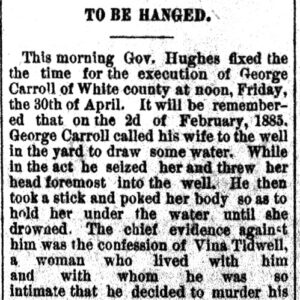 George Carroll Execution Story
George Carroll Execution Story
Carter, Allen (Lynching of)
Carter, Ben E.
Carter, John (Lynching of)
aka: Lonnie Dixon (Execution of)
 Carter Lynching Headlines
Carter Lynching Headlines
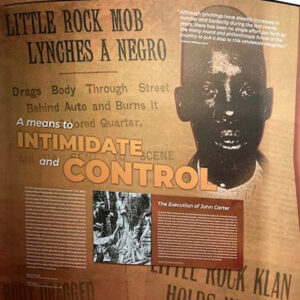 John Carter Display
John Carter Display
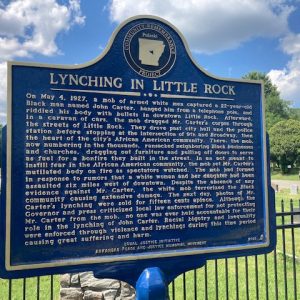 John Carter Memorial
John Carter Memorial
Carter, Nathan (Execution of)
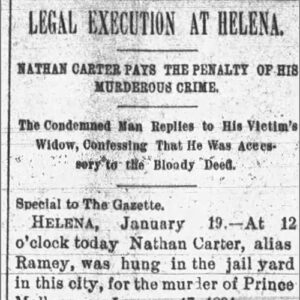 Nathan Carter Execution Article
Nathan Carter Execution Article
Carter, William Neal (Bill)
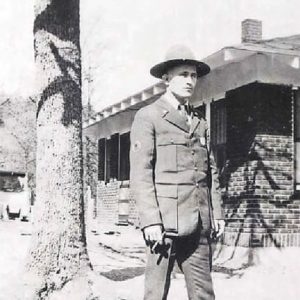 James Alexander Cary
James Alexander Cary
Cary, James Alexander
Casat, Deno (Execution of)
Casey, Frank (Execution of)
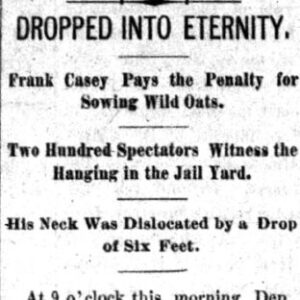 Frank Casey Execution Story
Frank Casey Execution Story
Catcher Race Riot of 1923
 Catcher Tombstone
Catcher Tombstone
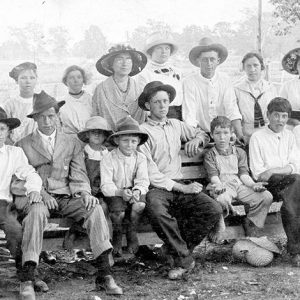 Catcher School
Catcher School
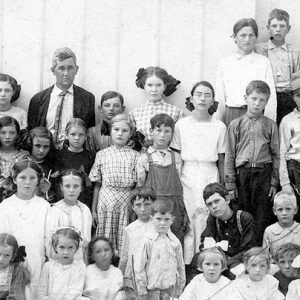 Catcher School
Catcher School
Cates, Sam (Lynching of)
 Sam Cates Lynching Article
Sam Cates Lynching Article
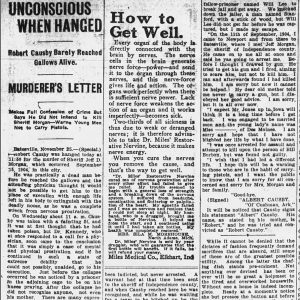 Causby Execution Article
Causby Execution Article
 Causby Execution Article
Causby Execution Article
Causby, Robert Albert (Execution of)
Chambers, Abe (Execution of)
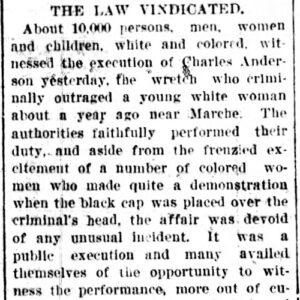 Charles Anderson Execution Article
Charles Anderson Execution Article
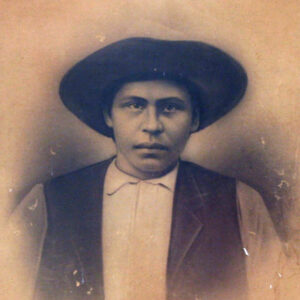 Cherokee Bill
Cherokee Bill
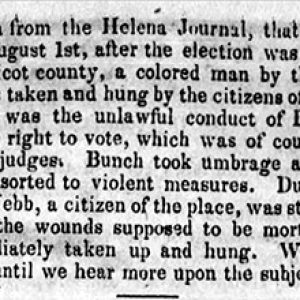 Chicot County Lynching Article
Chicot County Lynching Article




